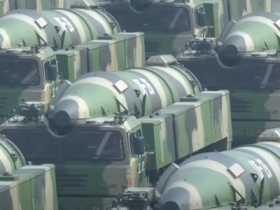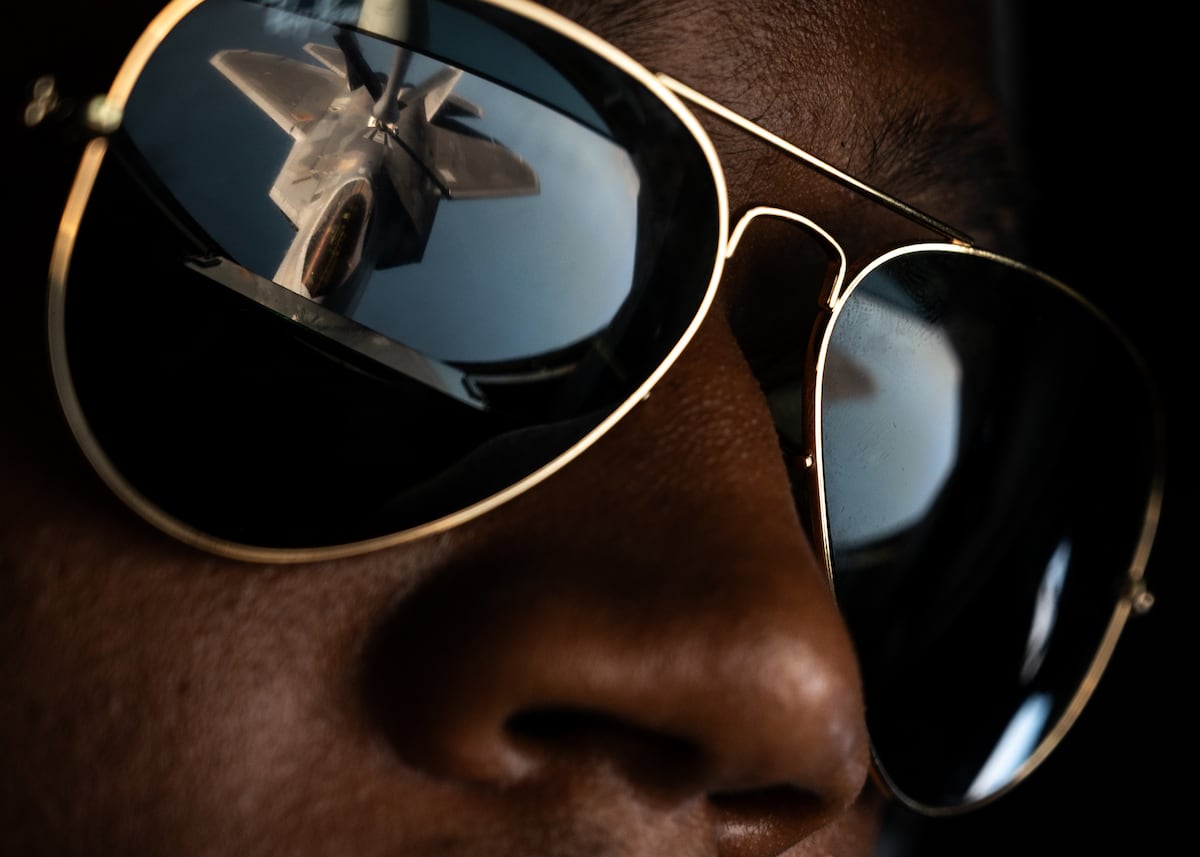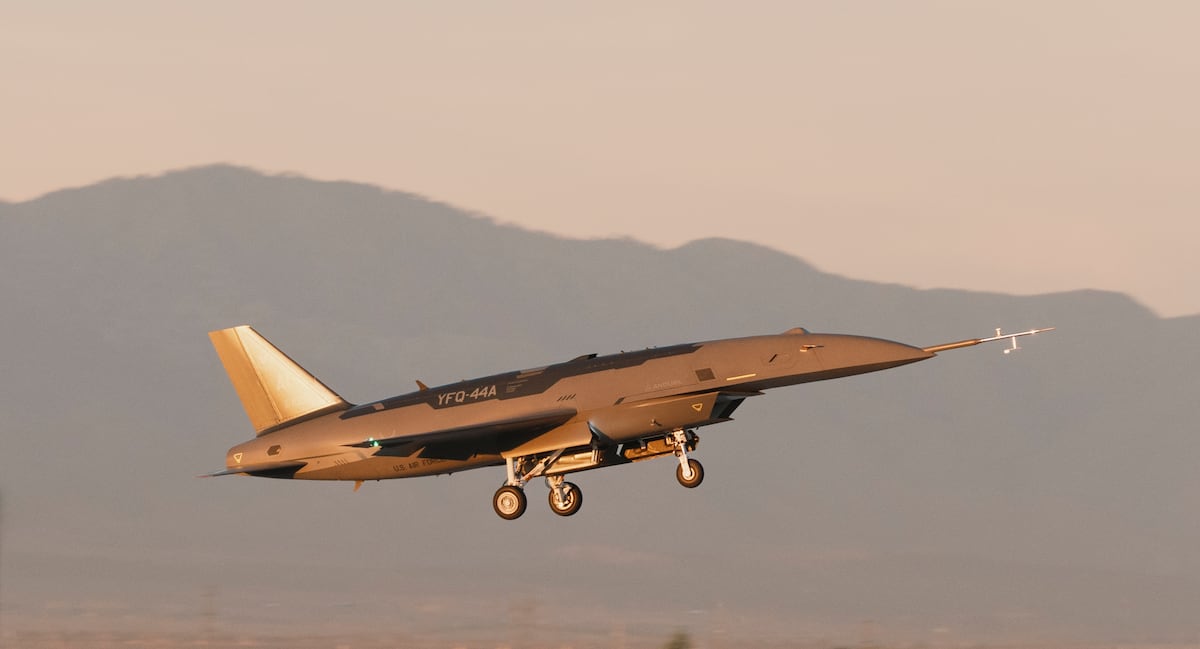HUNTSVILLE, Ala. − The U.S. Army is counting on funding in fiscal 2026 to hold a competition to pursue a high-energy laser weapon system focused first on countering drones, according to service officials.
Over the course of the last five-plus years, the Army’s Rapid Capabilities and Critical Technologies Office, or RCCTO, has built a wide variety of directed energy prototypes, from 10-kilowatt palletized systems for fixed sites to 20- to 30-kilowatt lasers mounted on small tactical vehicles, to 50-kilowatt systems on the Army’s Maneuver-Short-Range Air Defense Stryker-based vehicles.
The office also continues to develop a 300-kilowatt laser, as well as high-power microwave capabilities, to counter a variety of threats like drones, artillery and cruise missiles.
Out of the 17 prototypes developed through the office, the Army has deployed 11 of them, including four Directed Energy M-SHORAD systems to the U.S. Central Command area of operations.
Through operational experimentation, the Army has concluded there is great potential for directed-energy weapons, particularly because of their extraordinarily low cost per shot and naturally high magazine depth.
But currently, the ability to sustain the systems in the rough and dirty environments of the battlefield needs work — and industry is not yet poised to manufacture them at scale.
The Army decided to pursue what it is calling its Enduring High Energy Laser program to tackle those specific challenges and steer the capability from prototypes to systems that can be fielded.
“We have to continue to work harder, we have to continue to work with the soldiers. We have to continue to work with industry to develop our directed-energy platforms and focus on the areas of reliability,” Lt. Gen. Robert Rasch, the RCCTO director, said Wednesday at the Space and Missile Defense Symposium.
“We’ve got to work on maintainability because … we can’t get by with the thought of having clean rooms out in combat,” he said.
After years of prototyping, the Army’s Enduring High Energy Laser effort will also be designed to be delivered at scale “at more than onesies or twosies,” Rasch said.
The Army plans to release initial capability documents to industry within the next 60 days and is also planning to update its broad agency announcement, which was first released in the summer of 2024.
The service is looking at a modular approach for components and is asking industry to design the system with line-replaceable units, meaning components that can be swapped in and out by soldiers in the field in a non-sterile environment.
The experimentation in operational scenarios has led to a deep understanding of what components and parts of the laser systems have high failure rates, Col. Adam Miller, who is in charge of directed-energy programs within RCCTO, said at the symposium.
“The optics on these systems are one of the high failure rate items and one of the challenges that we have,” he said. “So as we look to design the beam director … we wanted to insert a touch point opportunity, an integration and a learning event for those soldiers to actually repair that optic and to demonstrate that.”
The system should also be interoperable in the sense that laser providers will not be asked to be vehicle integrators, like many were tasked to do in prototyping.
“We have decoupled the vehicle from our lasers,” Miller said.
“So, if the Army wants to put it on a robot or a Stryker or a [Joint Light Tactical Vehicle],” it can be done with some modifications and size, weight and power adjustments, he said.
The service is also looking to ensure the user interface is common and open, Miller added. The program will also challenge industry to design the systems to be ready to be manufactured at scale.
“Both industry, and on the government side, fully expect directed energy to go up like a hockey stick from the demand perspective, as well as the need to build these systems rapidly,” John Garrity, vice president at BlueHalo, now an AeroVironment company, said at the symposium.
“Not a single component of material suppliers is probably situated to meet that demand today, so our focus has been on building that coalition and team … to make sure that we are ready to actually produce those systems at scale and at volume.”
Jen Judson is an award-winning journalist covering land warfare for Defense News. She has also worked for Politico and Inside Defense. She holds a Master of Science degree in journalism from Boston University and a Bachelor of Arts degree from Kenyon College.
Read the full article here








Leave a Reply